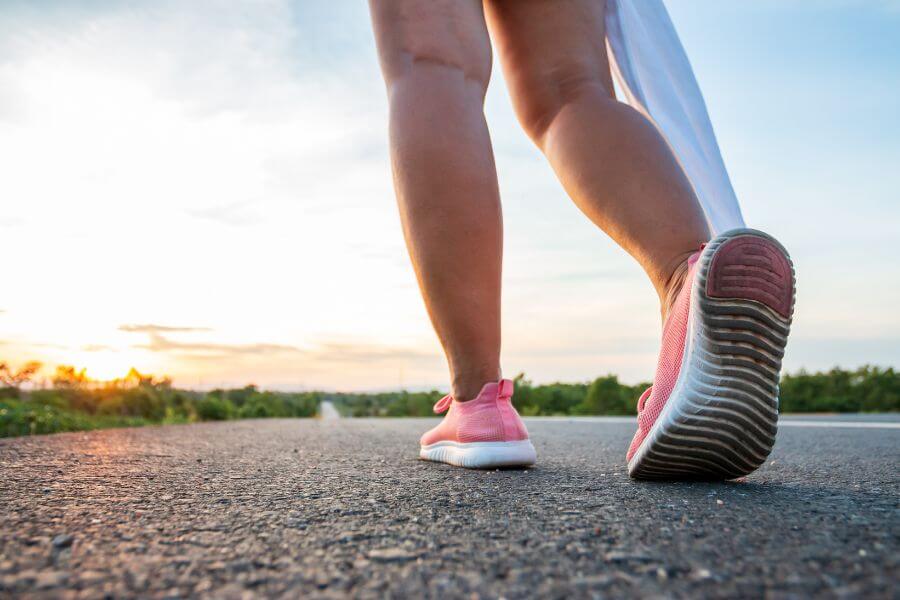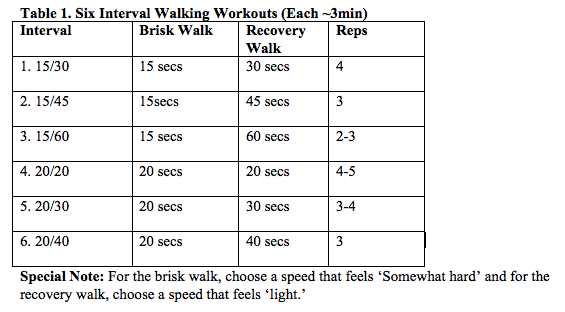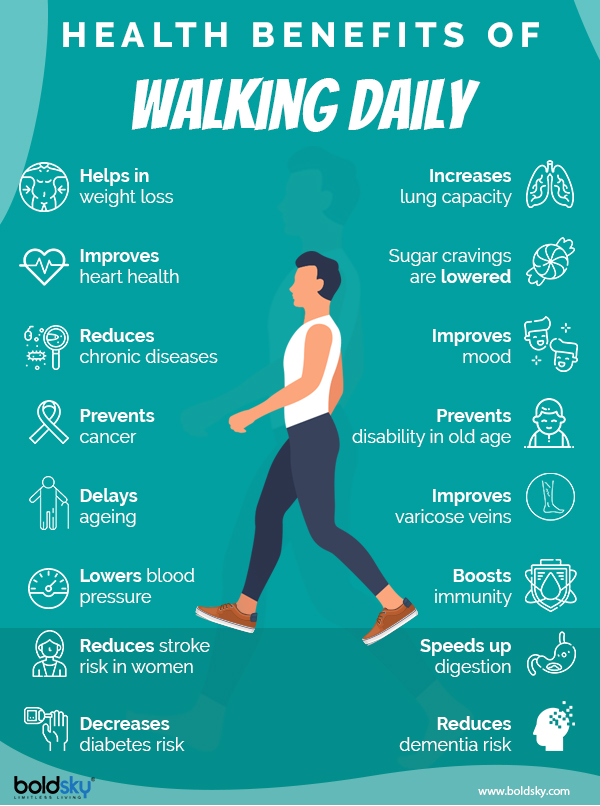Understanding the Basics: Factors Affecting Walking Speed
When estimating how long it takes to walk 5 kilometers, it’s crucial to consider various factors that can influence your walking speed. These factors include your fitness level, terrain, and walking technique. By understanding these factors, you can create a more accurate estimate and set realistic goals for yourself.
Firstly, your fitness level plays a significant role in determining your walking speed. Individuals with higher fitness levels generally have a quicker walking pace than those with lower fitness levels. Regular exercise and cardiovascular activities, such as running, swimming, or cycling, can help improve your overall fitness and increase your walking speed.
Secondly, the terrain you’re walking on can significantly impact your pace. Walking on flat, even surfaces, such as paved paths or sidewalks, is generally faster than walking on uneven or hilly terrain. Adjusting your speed based on the terrain is essential to ensure a consistent walking pace and maintain energy levels throughout your walk.
Lastly, your walking technique can influence your speed. Proper walking posture, including maintaining an upright position, engaging your core, and swinging your arms, can help increase your pace. Additionally, taking longer strides and landing on your heel before rolling through the foot can contribute to a faster walking speed. Focusing on improving your walking technique can help you cover the 5-kilometer distance more efficiently.
In summary, evaluating your fitness level, considering the terrain, and refining your walking technique are essential factors to consider when estimating how long it takes to walk 5 kilometers. By taking these factors into account, you can create a customized estimate and set achievable goals for yourself.
Typical Walking Speeds: A General Overview
To estimate how long it takes to walk 5 kilometers, it’s helpful to understand typical walking speeds for different fitness levels and age groups. These averages can serve as a starting point for creating a personalized estimate. However, it’s essential to remember that individual walking speeds can vary significantly based on factors such as fitness level, terrain, and walking technique.
For a casual or leisurely walk, the average walking speed is approximately 5 kilometers per hour (km/h). At this pace, walking 5 kilometers would take around 1 hour. However, this speed is not typically considered a brisk walk, which is generally faster and offers more health benefits.
A brisk walk is typically defined as a pace that increases your heart rate and breathing, but still allows you to carry on a conversation. For most adults, a brisk walk is about 6 to 7 km/h. At this speed, walking 5 kilometers would take around 45 to 50 minutes. This pace is often recommended for exercise and health purposes, as it offers numerous benefits, including improved cardiovascular health, increased energy levels, and reduced stress.
For older adults or individuals with mobility challenges, a typical walking speed might be slower. The average walking speed for adults aged 60 to 69 is approximately 4.8 km/h, while adults aged 70 to 79 walk at an average speed of 4.2 km/h. At these speeds, walking 5 kilometers would take around 63 to 71 minutes and 71 to 88 minutes, respectively.
It’s important to note that these averages are just estimates, and individual walking speeds can vary. Factors such as fitness level, terrain, and walking technique can significantly impact your pace. To create a more accurate estimate for how long it takes to walk 5 kilometers, consider calculating your personal walking speed using the steps outlined in the next section.
Calculating Your Personal Walking Speed
To determine your personal walking speed and create a more accurate estimate for how long it takes to walk 5 kilometers, follow these step-by-step instructions:
- Choose a flat, straight, and obstacle-free path for your speed test. Ideally, select a location where you can walk uninterrupted for at least 200 meters.
- Warm up for 5 to 10 minutes by walking at a comfortable pace. This will help prepare your body for the speed test and reduce the risk of injury.
- Start your stopwatch and begin walking at a brisk pace. Focus on maintaining a consistent speed and using proper walking technique, including an upright posture, engaged core, and arm swing.
- Walk for 200 meters, then stop your stopwatch as soon as you reach the 200-meter mark. Record your time.
- Calculate your walking speed in kilometers per hour (km/h) using the following formula: (distance / time) x 3.6. For example, if you walked 200 meters in 1 minute and 45 seconds (105 seconds), your speed would be (200 / 105) x 3.6 = 6.67 km/h.
- Multiply your personal walking speed by the number of kilometers you want to walk (5) to estimate how long it will take you to complete the distance. For example, if your walking speed is 6.67 km/h, it will take you approximately 5 / 6.67 = 0.75 hours, or 45 minutes, to walk 5 kilometers.
When measuring your personal walking speed, consider the following tips for accurate results:
- Walk on a flat, even surface to minimize the impact of terrain on your speed.
- Avoid distractions, such as listening to music or talking on the phone, to maintain focus on your walking technique and speed.
- Perform the speed test multiple times and calculate the average speed to account for any variations in your performance.
- Reassess your personal walking speed every few weeks or months to track your progress and adjust your estimate for how long it takes to walk 5 kilometers accordingly.
How Long Does It Take to Walk 5 Kilometers? A Customized Estimate
Now that you’ve calculated your personal walking speed, you can create a customized estimate for how long it takes to walk 5 kilometers. This estimate will help you set realistic goals and expectations based on your unique abilities and circumstances.
To calculate your estimated time for walking 5 kilometers, simply multiply your personal walking speed (in km/h) by 5. For example, if your walking speed is 6.67 km/h, it will take you approximately 0.75 hours, or 45 minutes, to walk 5 kilometers.
Remember that this estimate is only as accurate as the data used to calculate your personal walking speed. Factors such as terrain, weather conditions, and walking technique can still impact your actual walking time. However, having a customized estimate can help you plan your walking route, allocate time, and track your progress more effectively.
Setting realistic goals and expectations is crucial when attempting to walk 5 kilometers within a specific time frame. Be patient with yourself and acknowledge that progress takes time. Gradually increasing your pace, rather than attempting to drastically improve your speed overnight, can help you achieve your goals more sustainably and reduce the risk of injury.
As you continue to walk and track your progress, regularly recalculate your personal walking speed and update your estimate for walking 5 kilometers. This will help you monitor your improvement, celebrate your successes, and maintain motivation throughout your walking journey.
Improving Walking Speed: Tips and Techniques
Walking faster can help you reach your destination more quickly and efficiently. By incorporating strength training, flexibility exercises, and proper walking technique, you can gradually increase your walking speed and achieve your desired time frame for walking 5 kilometers.
1. Strength Training
Strengthening your lower body muscles, such as your calves, quadriceps, and glutes, can help improve your walking speed. Incorporate exercises like squats, lunges, and calf raises into your fitness routine to build muscle endurance and power.
2. Flexibility Exercises
Stretching and improving your flexibility can help you maintain proper walking form and reduce the risk of injury. Focus on stretching your hamstrings, hip flexors, and calf muscles to enhance your stride length and walking efficiency.
3. Proper Walking Technique
Using proper walking technique can help you walk faster and more efficiently. To improve your technique, focus on maintaining an upright posture, engaging your core, swinging your arms naturally, and taking long, purposeful strides. Additionally, landing on your heel and rolling through the foot can help propel you forward and increase your walking speed.
4. Gradual Progression
When attempting to improve your walking speed, it’s essential to progress gradually. Rapidly increasing your pace can lead to injury and hinder your overall progress. Instead, aim to increase your speed by 5% to 10% each week, allowing your body time to adapt to the new demands.
5. Interval Training
Incorporating interval training into your walking routine can help you improve your speed and cardiovascular fitness. Alternate between periods of fast walking and recovery walking, gradually increasing the duration and intensity of your fast intervals over time.
6. Monitoring and Adjusting
Regularly monitor your walking speed and progress, adjusting your training program as needed. Use a stopwatch, smartphone app, or fitness tracker to track your time and distance, and recalculate your personal walking speed every few weeks to ensure your estimate for walking 5 kilometers remains accurate.
Walking for Fitness: Incorporating 5-Kilometer Walks into Your Routine
Incorporating regular 5-kilometer walks into your fitness routine can offer numerous benefits for both your physical and mental well-being. By setting realistic goals, creating a consistent schedule, and progressively increasing the challenge, you can make 5-kilometer walks a rewarding and enjoyable part of your active lifestyle.
1. Setting Realistic Goals
When starting a 5-kilometer walking routine, it’s essential to set realistic goals based on your current fitness level and walking speed. Use the customized estimate from the previous section to establish a baseline time and work on gradually reducing it as you improve your strength, flexibility, and technique.
2. Creating a Consistent Schedule
To ensure consistency and make 5-kilometer walks a regular part of your fitness routine, schedule them into your calendar just like any other appointment. Aim to walk at least two to three times per week, allowing adequate rest and recovery time between sessions.
3. Progressive Overload
To continue improving your walking speed and overall fitness, gradually increase the challenge over time. This can be achieved by incorporating hills, varying your pace, or adding light resistance training to your walks. By progressively overloading your body, you’ll stimulate muscle growth, enhance cardiovascular fitness, and boost your walking speed.
4. Mixing It Up
While consistency is crucial, it’s also essential to mix up your walking routine to keep it interesting and engaging. Incorporate different terrains, scenery, and walking partners to add variety and prevent boredom. Additionally, consider participating in local walking events or joining a walking group to meet like-minded individuals and foster a sense of community.
5. Tracking Your Progress
Regularly tracking your progress can help you stay motivated and focused on your goals. Use a smartphone app, fitness tracker, or stopwatch to monitor your time, distance, and pace. By keeping track of your improvements, you’ll be able to celebrate your successes and maintain the momentum needed to reach your desired time frame for walking 5 kilometers.
Staying Motivated: Overcoming Challenges and Celebrating Successes
Staying motivated and committed to your goal of walking 5 kilometers within a specific time frame can sometimes be challenging. However, by understanding common challenges and implementing strategies to overcome them, you can maintain your motivation and enjoy a rewarding walking experience.
1. Setting Achievable Goals
Setting unrealistic goals can lead to disappointment and decreased motivation. Instead, break your overall goal into smaller, manageable milestones. This approach allows you to celebrate your successes along the way and maintain a sense of accomplishment as you work towards your ultimate objective.
2. Staying Accountable
Sharing your goals with friends, family, or a walking group can help you stay accountable and motivated. Consider enlisting a walking buddy to join you on your journey. Having someone to share your experiences and progress with can make your walking routine more enjoyable and fulfilling.
3. Overcoming Setbacks
Setbacks, such as injury, illness, or a busy schedule, can hinder your progress. To overcome these challenges, create a contingency plan that includes alternative forms of exercise, such as swimming or cycling, and be prepared to adjust your schedule as needed. Maintaining your fitness level during setbacks can help you quickly return to your walking routine once you’re able.
4. Staying Positive
Maintaining a positive attitude is crucial for staying motivated and overcoming challenges. Focus on the benefits of walking, such as improved cardiovascular health, stress reduction, and increased energy levels. By concentrating on the positive aspects of your walking routine, you’ll be more likely to stay committed and enjoy the journey.
5. Rewarding Yourself
Celebrating your successes and rewarding yourself for achieving your milestones can help maintain motivation and enjoyment. Choose rewards that align with your goals, such as new walking gear, a massage, or a healthy meal at your favorite restaurant.
Additional Resources: Enhancing Your Walking Experience
To further enrich your walking experience and help you reach your goal of walking 5 kilometers within a specific time frame, consider incorporating the following resources into your routine:
1. Fitness Apps
Fitness apps, such as MapMyWalk, Runkeeper, or Nike Run Club, can help you track your progress, monitor your speed, and set personal bests. These apps also offer social features, allowing you to connect with friends and join challenges to stay motivated and engaged.
2. Activity Trackers and Smartwatches
Wearable devices, such as fitness trackers and smartwatches, can provide real-time feedback on your speed, distance, and heart rate. Many of these devices also offer guided workouts, training plans, and reminders to help you stay on track and reach your goals.
3. Local Walking Groups
Joining a local walking group can help you stay motivated, accountable, and connected with like-minded individuals. Walking with others not only provides social support but also fosters a sense of community and camaraderie. To find a walking group near you, check local community centers, parks, or online forums.
4. Online Fitness Communities
Online fitness communities, such as Strava, MyFitnessPal, or the r/Running subreddit, can provide a wealth of resources, advice, and support for walkers and runners of all levels. These platforms allow you to connect with others, share your progress, and participate in challenges to keep your walking routine fresh and engaging.
5. Virtual Coaching and Personal Training
If you’re looking for a more personalized approach, consider hiring a virtual coach or personal trainer. These professionals can provide customized training plans, technique analysis, and ongoing support to help you reach your goals and maintain your motivation.
6. Educational Resources
Explore books, articles, and videos on walking technique, strength training, and flexibility exercises to expand your knowledge and improve your walking skills. By continuously learning and refining your approach, you’ll be better equipped to reach your goals and enjoy your walking experience.









